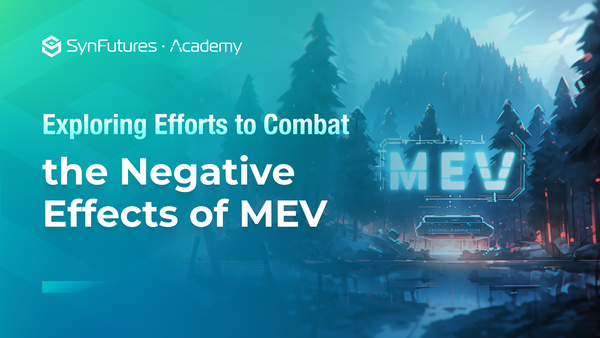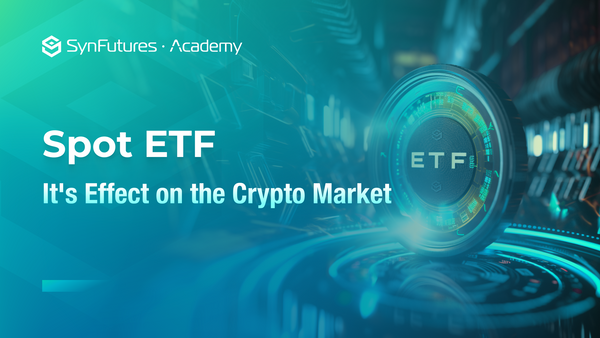An Overview of DeFi Activities: Yield Farming, Liquidity Mining and Airdrops
Key takeaways:
- DeFi offers alternatives for almost every sector in centralized and traditional finance and has developed completely new functions.
- Other than using DeFi functions, users are engaged in DeFi activities such as yield farming, liquidity mining, and airdrops.
Introduction
DeFi, or decentralized finance, has democratized the financial market and significantly reduced the barriers to participating in financial activities. Activities such as market making, insurance underwriting, and structured product creation that were only accessible to large institutions and individuals with large capitals are now made available to the general public.
At the time of writing (Nov. 2021), there is a decentralized alternative for almost every sector in centralized finance and traditional finance. With DeFi, one can perform all sorts of activities, including but not limited to:
- Trade cryptocurrencies
- Lend or borrow tokens
- Speculate on price movements
- Derivative trading
- Insure against risks
- Earn interest
In addition, DeFi has created projects that are completely new. With the decentralized products, users can:
- Send tokens around the globe
- Stream tokens around the globe
- Access stable coins
- Borrow tokens with collateral
- Borrow tokens without collateral
- Trade tokens
- Manage the portfolio
- Finance their ideas
In this article, let’s look at some of the activities of DeFi, such as yield farming, liquidity mining, and airdrops.
Yield farming

Yield farming was the hottest topic of the 2020 DeFi Summer. It refers to the activity of allocating capital to DeFi protocols to earn returns. Yield farming is an innovation of DeFi and has largely boosted DeFi’s popularity and acceptance. As most DeFi protocols are peer-to-peer financial applications where capital allocated is used to provide service to end-users, the fees charged to users are then shared between the liquidity providers (LPs) and the protocol. The fees that LPs get are the intrinsic yield. The LPs are called “yield farmers” and the yield opportunity is called “farms”. Yield farming returns are expressed as an annual percentage yield (APY). As a rule of thumb, the APY for a new protocol or program is usually high. As more investors join, and more funds pour into the liquidity pool, the returns are diluted accordingly. Therefore, many yield farmers constantly rotate their farms in search of the highest-yielding opportunities.
Below are some examples of yield farming, where the capital provided will be used for a variety of purposes:
- Exchanges - Provide capital for market-making on decentralized exchanges, earning transaction fees in return.
- Lending - Provide loans to borrowers, earning interests.
- Insurance - Underwrite insurance, earning premiums.
- Options - Underwrite options by selling call and put options to earn a yield.
- Synthetic Assets - Mint synthetic assets or stablecoins, earning fees in return.
Liquidity Mining

Like other financial services, DeFi protocols thrive with large capital. That means the more capital DeFi protocols have, the better. To attract more capital, DeFi protocols incentivize the provision of liquidity in various ways. While yield farming skyrocketed the application of DeFi, liquidity mining is another innovation of DeFi that fuelled the rocket.
Liquidity mining occurs when a yield farming participant earns token rewards as additional compensation. These tokens usually come with governance rights and may have the possibility of accruing cash flows from the DeFi protocols. When designed right, liquidity mining can be a very effective way in bootstrapping large amounts of liquidity in a short timeframe. In addition, liquidity mining is a great innovation to attract community participation. As DeFi protocols are open-source in nature, it relies on voluntary contributions from the community. The token distribution encourages community participation in determining the future direction of the protocol.
In June 2020, Compound Finance, a decentralized lending protocol, launched its governance token COMP, rewarding all users who lend and/or borrow digital assets with COMP tokens. Since then, many other decentralized applications follow the steps and issued their own governance tokens. Today, most decentralized exchanges offer a governance model in which governance token holders can participate through voting, and governance tokens have often become a second form of rewards.
Airdrops

Airdrop refers to the activity of a DeFi application distributing its governance tokens to users. Projects usually conduct airdrops as part of their marketing strategy to attract attention and generate hype around their token launch. While some protocols conduct airdrops to their early adopters and contributors, others may do airdrops solely based on trading volume or staked asset amounts. Each protocol has a criterion for qualifying airdrop recipients, such as the timing and quality of interactions.
One of the most notable airdrops in 2020 was conducted by Uniswap, where early users were awarded a minimum of 400 UNI. As of writing (Nov. 15th, 2021), that is worth almost $10,000 (UNI price is at $24.83). Another notable airdrop that happened in 2021 was from DyDx, a margin trading protocol. In September 2021, DyDx airdropped a total of 75 million tokens to its users and liquidity providers. With the current price of $14.78, that is $1.1 billion.
Airdrop has encouraged users to adopt projects in their early stages and helped the projects to grow and mature. For users, airdrops could be a way to bolster their crypto portfolio without having to buy digital assets. However, airdropped assets could just be worth nothing. Users might spend time looking for and claiming airdrop opportunities, only for the price of the airdropped tokens to drop before they have a chance to sell. It’s important for users to identify the good programs from the bad ones before investing time and sometimes assets in the programs.
Discover SynFutures' Crypto Derivatives products: www.synfutures.com/.
Disclaimer: SynFutures Academy does not guarantee the reliability of the site content and shall not be held liable for any errors, omissions, or inaccuracies. The opinions and views expressed in any SynFutures Academy article are solely those of the author(s) and do not reflect the opinions of SynFutures. The SynFutures Academy articles are for educational purposes or information only. SynFutures Academy has no relationship to the projects mentioned in the articles, and there is no endorsement for these projects. The information provided on the site does not constitute an endorsement of any of the products and services discussed or investment, financial, or trading advice. A qualified professional should be consulted prior to making financial decisions.




